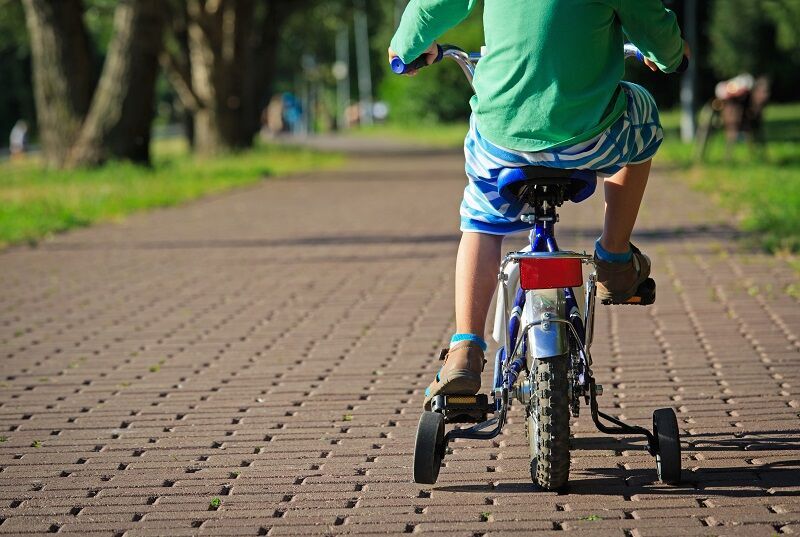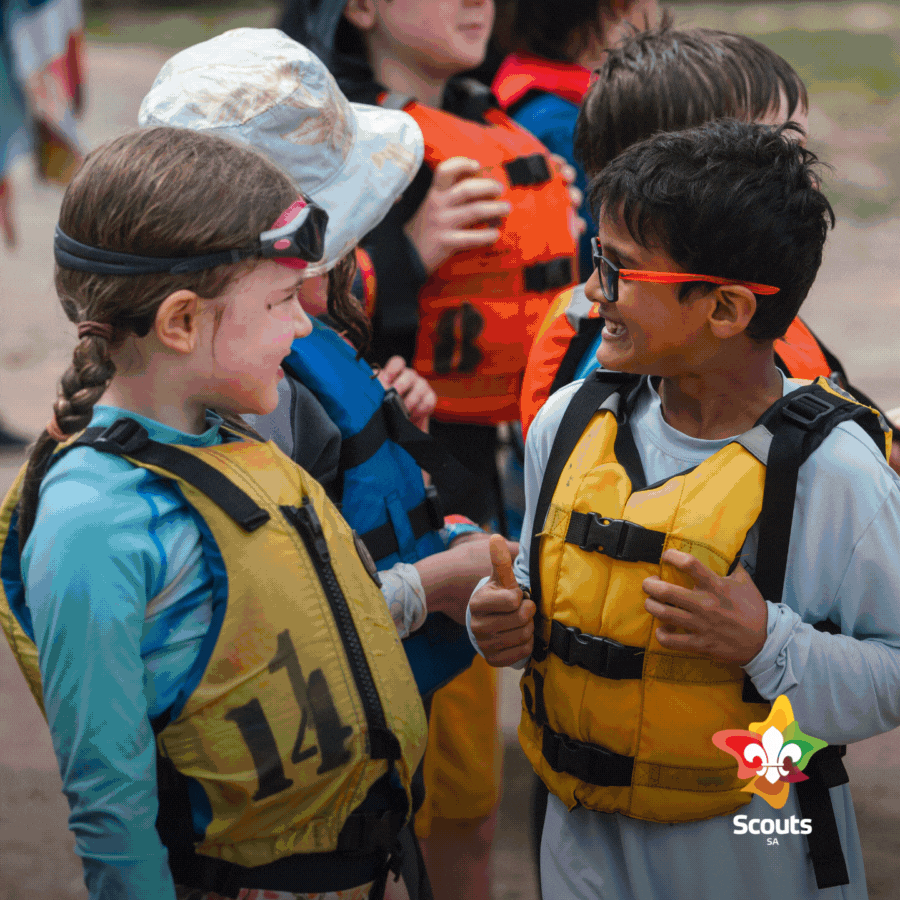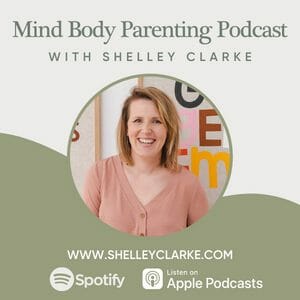This is an article that is VERY important to read. There are so many great tips to help your child stay strong and healthy, plus ways to identify if there is an underlying problem of low tone. Thanks Smart Health Training and Services!
One of the most common “groups” of children that present into our clinic are children that have low tone. So what is it, how does it effect the child and what can you do about it?
The first concept to understand is that we all have a couple of significant systems that help to hold us upright against gravity. The first system is made up of our bones and ligaments. This system is passive and besides stretching the ligaments to allow more movement there is not a lot we can do to change it. You may know some people who have joints that allow a lot of movement – we call this “hypermobility”.
The second system is made up of our muscles. This system is active and is controlled by our neurological centres (our brain and spinal cord). Each of us have a certain amount of tension in our muscular system at any time (even when we are sleeping) we call this tension “muscle tone”. Muscle tone is influenced by our genetics but also by what we do and therefore we can influence it. Across the community comparing different people there is no one amount of tone but rather a spectrum with some people having more than the norm – high tone, some people having less than the norm -low tone and the majority of people being somewhere in the middle.
The next main concept to grasp is that our brain uses feedback from lots of different parts of our body to help control it. This allows our brain to understand where we are in space at any given time. This includes the position that we stand and sit in – our posture. The control centre within our brain receives feedback from our eyes, joints, muscles and tendons and our balance centres and assimilates all this information constantly to do the things that we want to do. It really is amazing!
For people with lower muscle tone there will be less feedback that comes from their muscles and tendons which means it can be more difficult to control our positions and postures and in general makes coordinating our body a little harder.
So given the information above how does having low tone effect children?
It is important to note that the effect will be different for each individual and that there are a myriad of different effects however typically we see:
- Decreased strength.
- Decreased postural endurance so the child typically fatigues more easily especially with prolonged sedentary positions.
- Poor postures with sitting and standing.
- The child will typically slump onto their ligaments (passive system) so they don’t have to use their muscles as much.
- With poor posture and trunk control can come poor hand control. This might be evident with poor hand writing dexterity.
- More difficulty coordinating movements.
- Hand eye coordination and ball sports are harder.
- Decreased muscular response time.
- Poor concentration can occur as the child fatigues.
In the clinic we also see that these problems and postures lead directly to stiffness and pain through their upper back, neck and shoulders and occasionally headaches.
So if this is your child or a child you know what can you do about it?
For children that have low tone I believe in addressing both the biomechanical and the environmental factors to assist the child to achieve their full potential…
Biomechanical Factors
We want to increase the stimulation of the neurological and balance centres for this child.
Unfortunately the child that has low tone typically finds ball sports challenging and often they become less interested in sports and activity in general.
Finding exercise and activity that they do enjoy and that stimulates their muscular system within their endurance limits is a key.
Examples of this that I have seen work very well include: Trampolining, swimming, bike riding, circus training and martial arts.
Environmental Factors
Ultimately movement and changing positions and postures is ideal for this child rather than being stuck in one position for a long period of time.
If this child is to be sitting for an extended period of time ensuring that they have a supportive comfortable chair and that they can effectively use the backrest will really help.
When they are sitting at their desk at school or at home an inclined reading/writing board or slope board helps to encourage an upright posture where they lean back into the backrest of the chair.
Setting up alternate workstations such as a standing station also helps.
Correct ergonomics of their desktop, laptop or tablet computers is crucial to encourage good posture especially as they get older and study demands increase.
Limit their sedentary behaviours and encourage active play as much as possible.
Do you know a child that has Low Tone? Are they having any difficulties with school, sport or pain? There are lots of ways that we can help them reach their full potential!
Greg Campbell is a husband, father of three young children (aged 11, 9 and 5), Physiotherapist & Managing Director of Smart Health Training and Services and the founding principal of the Smart Health School Program.

Web: https://www.smarthealthtraining.com.au/
FB: https://www.facebook.com/Smart-Health-Training-and-Services
P: (08) 8293 1100
E: reception@smarthealthtraining.com.au
Address: 12-22 Richmond Road, Keswick
























